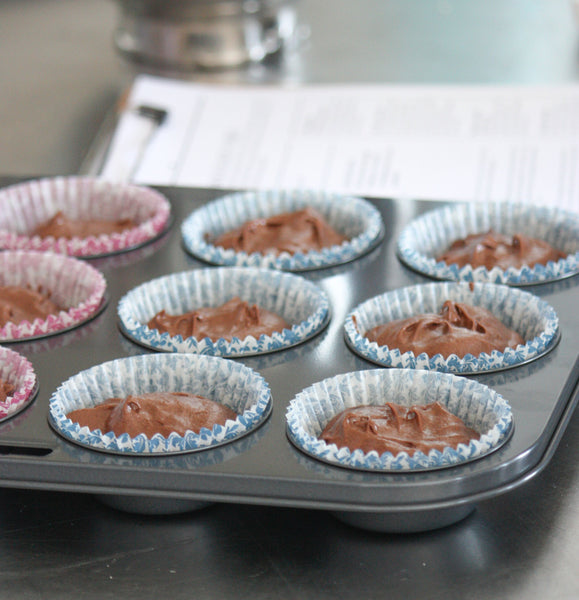BakeTips
Clever and useful tips for your kitchen.
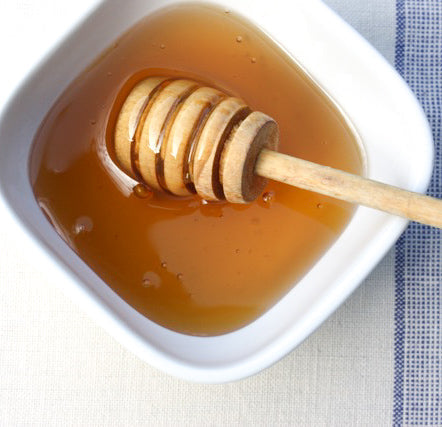
Replacing Sugar with Honey or Golden Syrup
Have you ever wanted to replace crystal sugar (like caster sugar, raw sugar or brown sugar) with honey or golden syrup? To do this, here is a simple, and general, 2-step rule to follow: Substitute...
read more
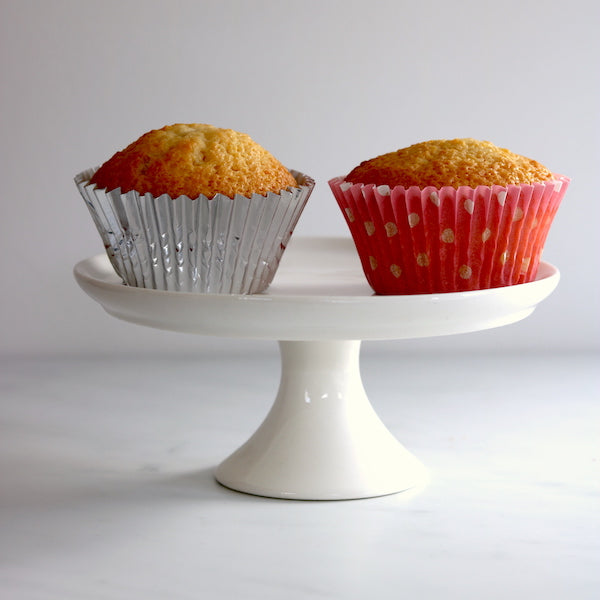
Peaking Cupcakes
Temperature has a big effect on how your cupcakes and cakes will rise during baking. When your oven temperature is too high for the type of batter you are using, your cupcakes or cake will...
read more
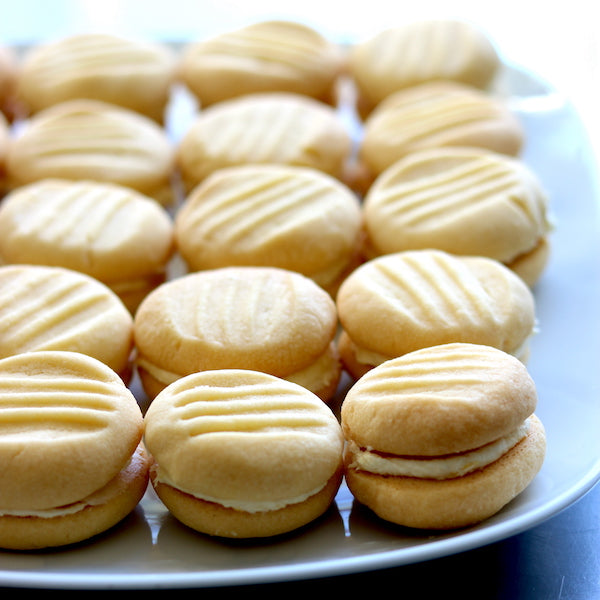
Evenly Sized Biscuits
When rolling biscuit dough into individual portions it is sometimes hard to get them all a similar size, especially if you have to team them up with a ‘partner’ when sandwiching them. There are two...
read more

Dry Tins in the Oven
The best way to make sure your cake, muffin and tart tins are completely dry before putting them away is to put them back in the oven after washing in hot, soapy water and rinsing...
read more
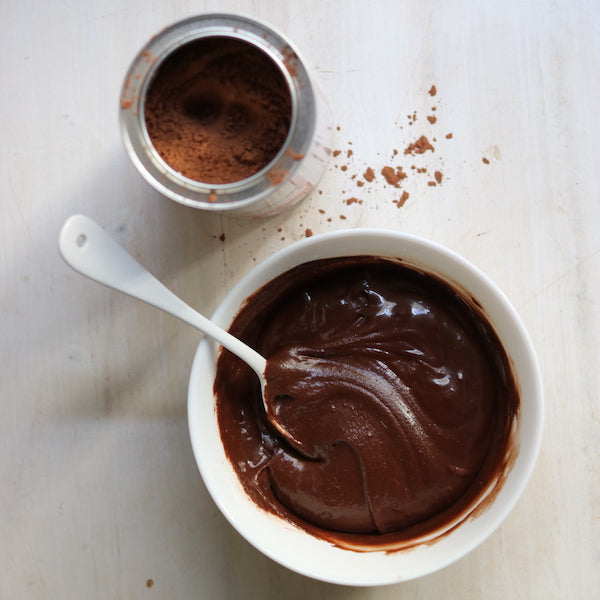
Cocoa Powder in Icings
Have you ever noticed that a chocolate icing (either glace or buttercream) made with cocoa powder sometimes needs a different amount of liquid to reach the same consistency as last time you made it? It...
read more
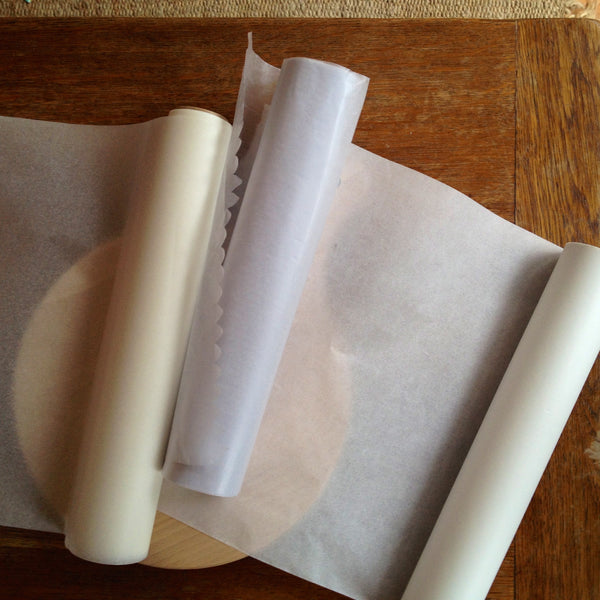
Baking Paper vs Greaseproof Paper
‘Non-stick baking’ paper is not the same as ‘greaseproof’ paper and it’s good to know the differences so you can choose the best one for the type of baking you are doing.
read more

Dividing Cake Batter Evenly
When making a multi-layered cake from one quantity of batter its often hard to make sure the layers will be even when just using your intuition to judge how much batter should go into each...
read more

Separating eggs
One way to separate egg yolks from their whites is to use the halved egg shells. But when your eggs are super fresh (and the yolks are nice and plump) you can separate them by...
read more

Quick Cooling
Icing cupcakes while they are still warm will lead to an inevitable #bakefail – think sliding icing! It’s important to make sure you give enough time for them to cool completely before icing, but sometimes...
read more
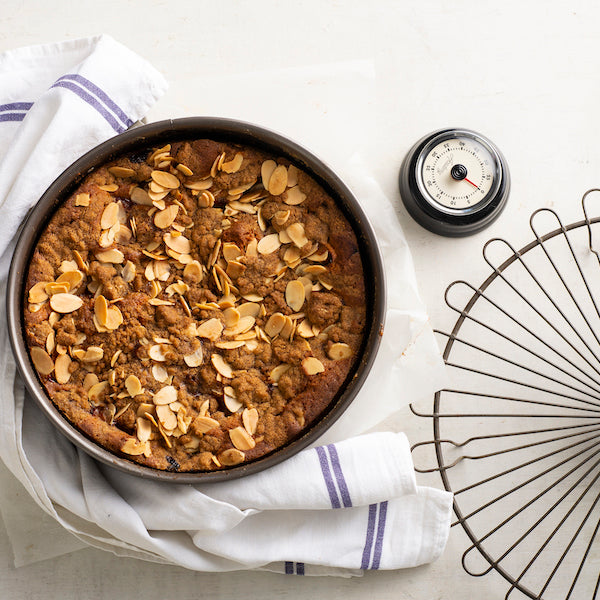
Stand a Cake in the Tin
It’s important to stand a cake or loaf in it’s tin for about 5 minutes after you take it from the oven. The cake will ‘settle’ in this time which will not only make it...
read more

Caster Vs Granulated Sugar
I often get asked about the difference between granulated sugar and caster sugar and which is best used for when baking. So, here's the lowdown.
read more
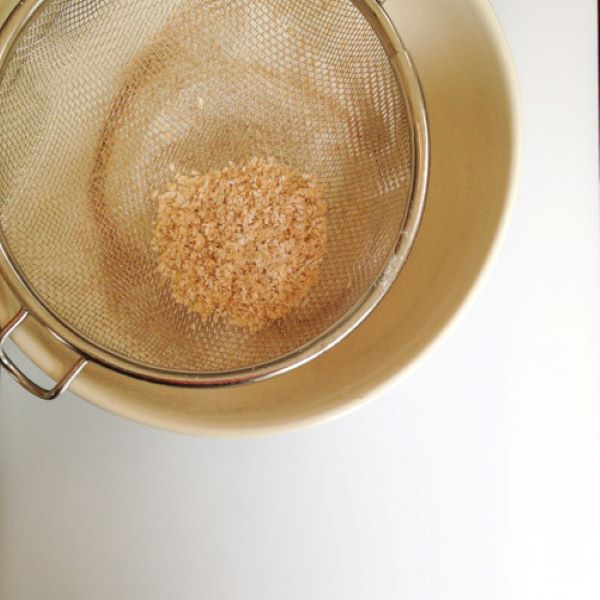
Sifting Wholemeal Flour
When sifting wholemeal flour don’t throw away the husks caught in the sieve.
read more
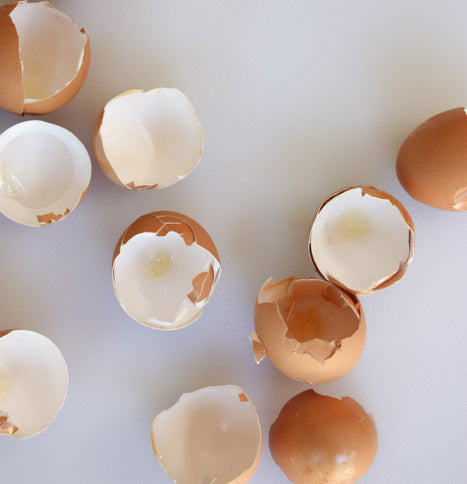
Using Eggshells
If you are anything like me I always have an unusually large quantity of eggshells left after my baking….and oh what to do with them especially if you don’t have a compost? They can be...
read more
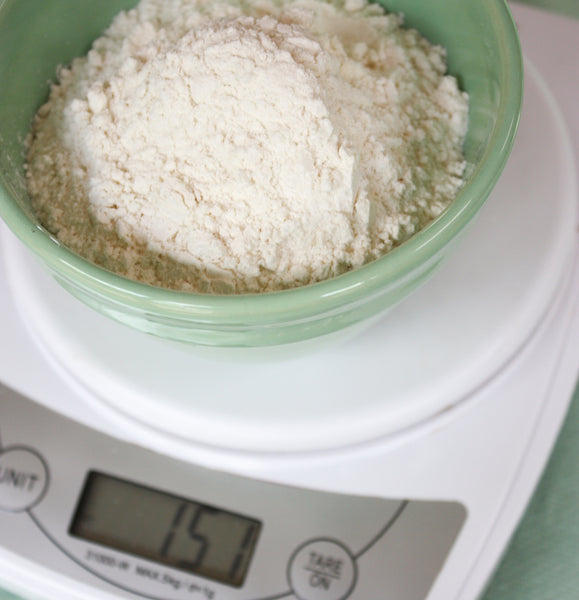
Not All Ingredients Weigh The Same
Remember when using your scales, generally no two ingredients weight the same. For example a cup of flour (150g/5½oz) doesn't weight the same as a cup of cocoa powder (105g/3¾oz), nor the same as a...
read more
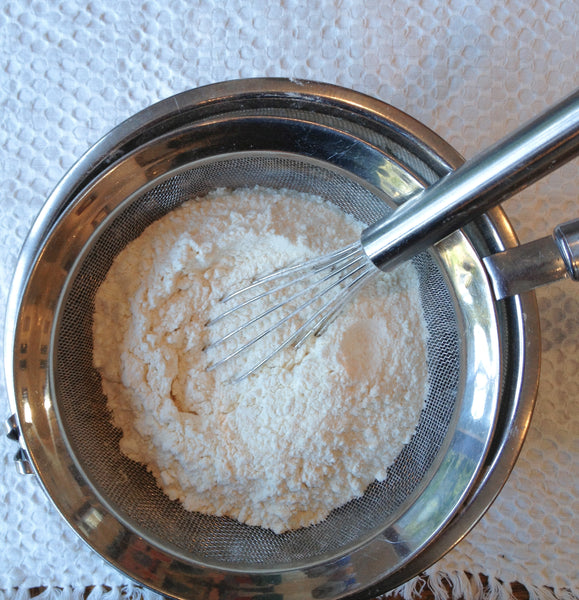
Quick Sifting
Sifting flour or other ingredients such as cocoa or cornflour will be so much quicker and easier if you use a balloon whisk to 'stir' it through the sieve.
read more
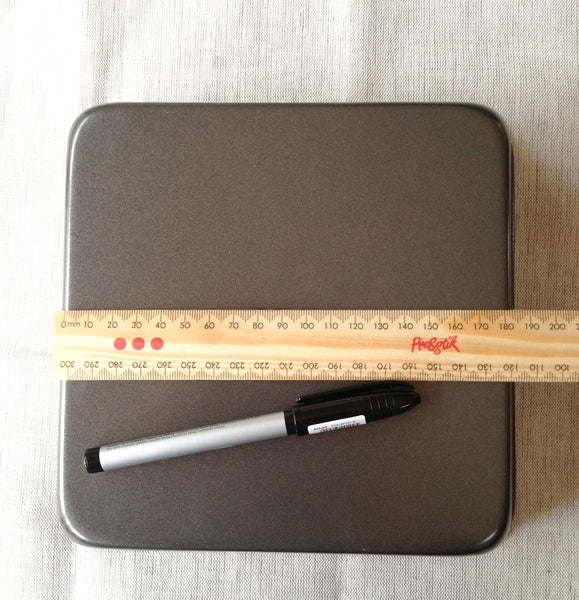
Measuring & Marking Tins
Make sure you always have the right size tin - measure them across the base and through the middle. Then use a permanent marker to note the size on the base so you can see...
read more
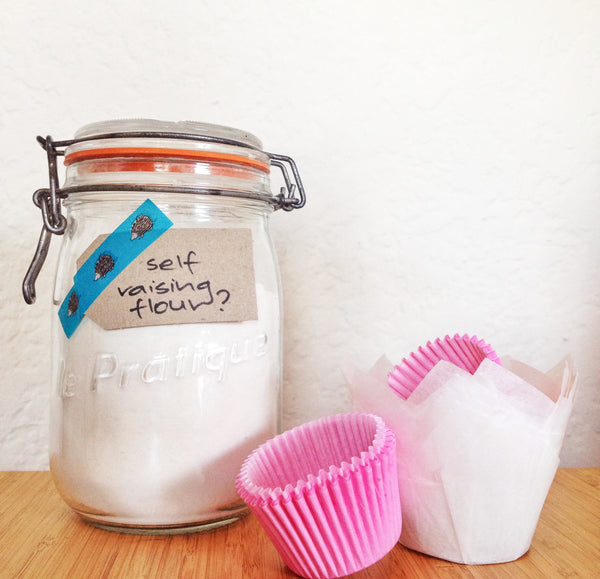
How to tell the difference between plain and self-raising flour
If you ever get your plain and self-raising flours mixed up (as sometimes happens to me) there is an easy way to tell the difference. Simply put a little of each on your tongue, one...
read more


